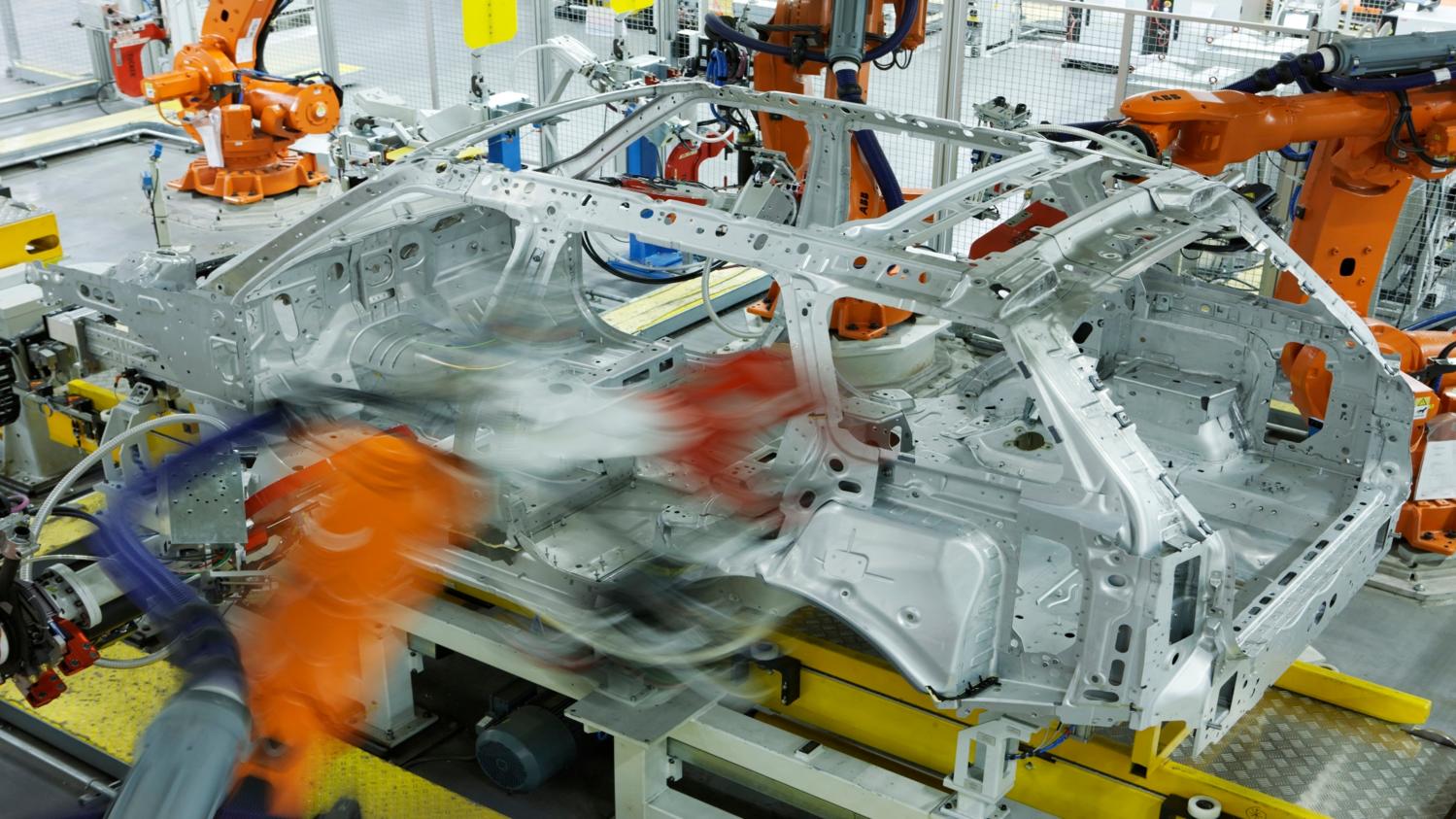Jaguar LandRover: Reaching a more comprehensive picture

At Jaguar Land Rover, we wanted to inform our strategy, make better decisions, realize performance improvements and embed sustainability within the business. We identified the Natural Capital Protocol as a vehicle to “map the territory,” to identify areas of specific focus for further assessment.
We wanted to develop forward-looking approaches that could be used to model scenarios for sustainable growth. We were keen to compare and enhance the deliverables of the tools and methodologies that were already in use internally, such as life-cycle assessments.
It was clear that some had limits and that the reporting was masking certain material impacts and dependencies. We wanted to reach a more comprehensive picture which would help our engineers to take more informed and robust decisions.
- Yes
- Climate & Air Emissions
- Waste Management
- Water
- Corporate
- Monetary
- Qualitative
- Quantitative
- Value to business
- Value to society
- GLOBAL
- Direct operations
- Downstream
- Upstream
- Auto
Key findings
The assessment confirmed that GHG emissions represent our largest impact, particularly when considering both the vehicle manufacturing and downstream use by customers. Materials present the second largest impact, from all upstream tiers of the value chain. Magnesium and certain plastics were highlighted as energy intensive relative to their overall weight in a vehicle.
The study not only enhanced the results of our existing LCA, but also facilitated prioritization of business challenges around resource inputs. It helped us answer questions with societal and commercial focus. For aluminum, for example, we could achieve cost savings through recycling, but also generate societal benefits by reducing waste.
It helped us evaluate our strategy from another lens, alongside information on market and customer expectations. Taking periodic accounts of impacts and dependencies has enabled us to build a model from which we can predict the influence of natural capital on future vehicle fleets.
We have integrated this with scenarios related to business expansion and changing customer expectations through to 2030.
